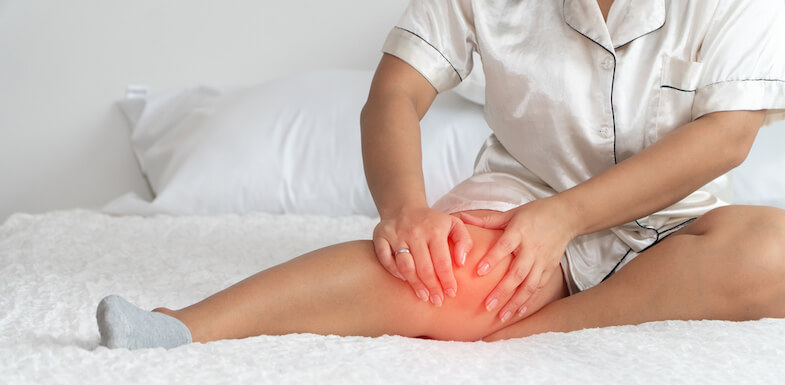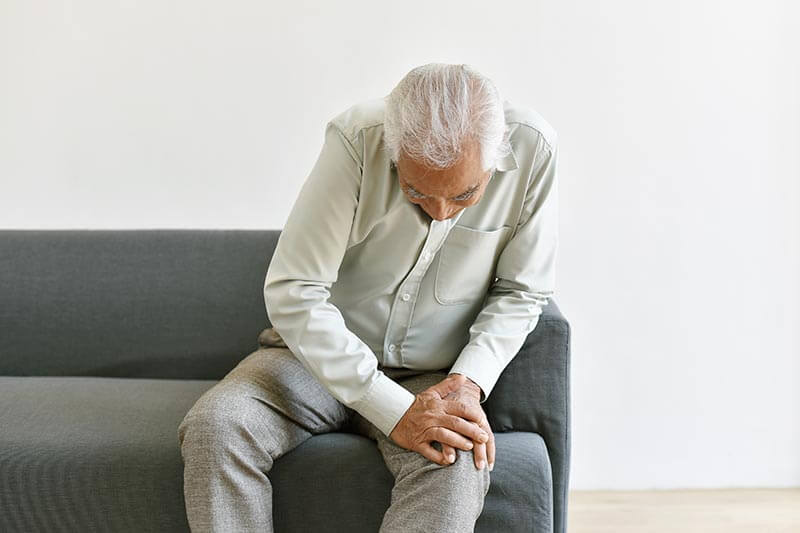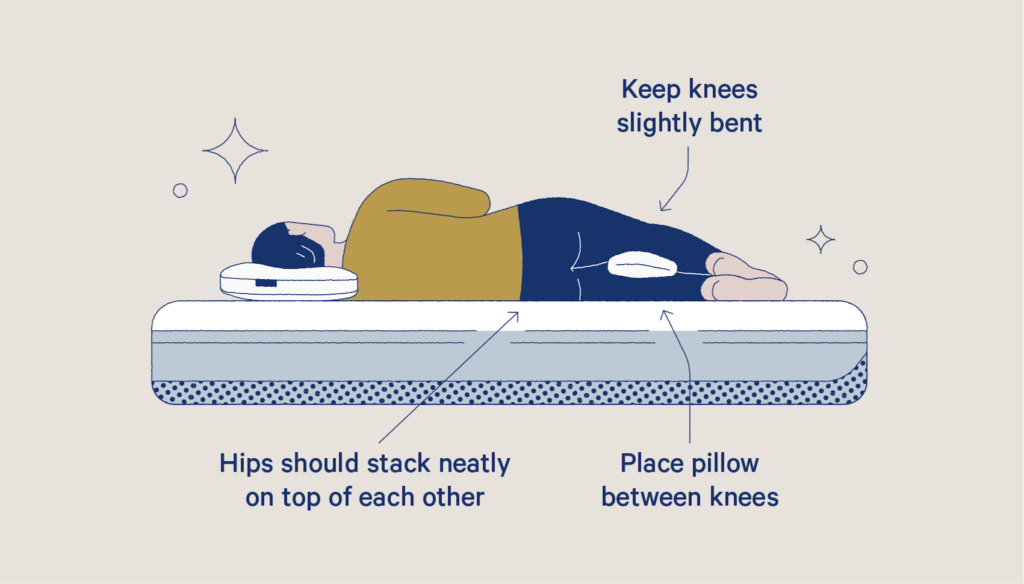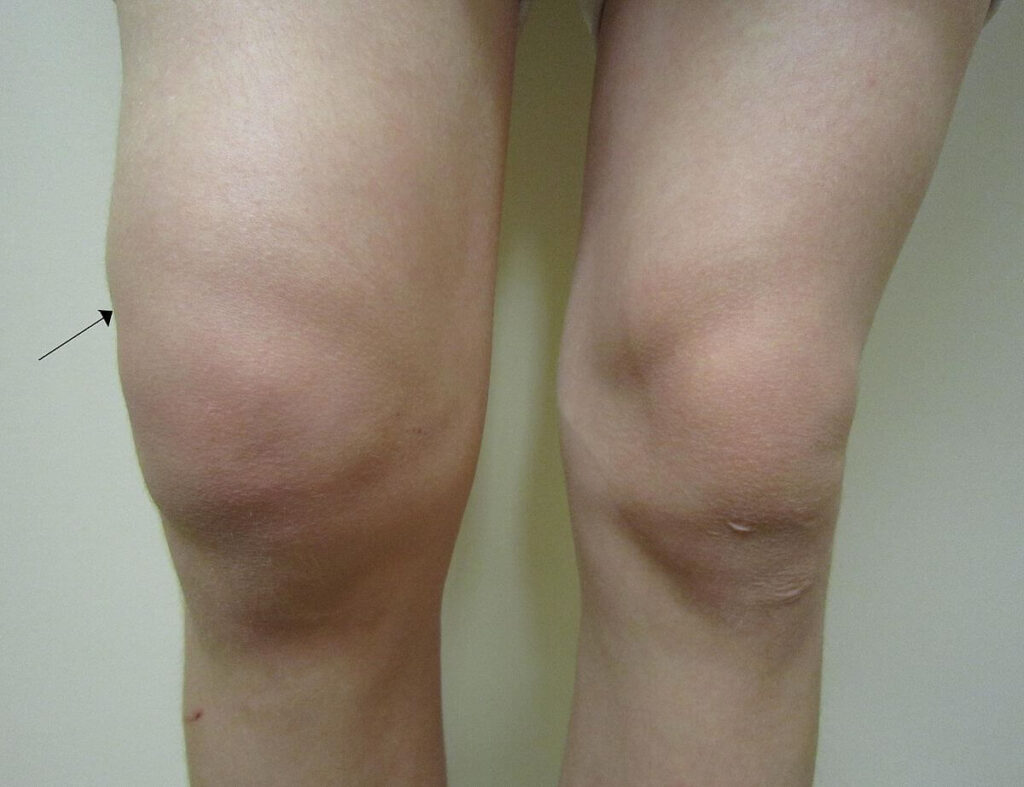As a physiotherapist, I am often asked whether ice or heat is better for knee pain after running. The answer is that it depends on the type of knee pain and the underlying cause.
Icing
Icing is generally recommended for acute knee pain, such as that caused by a sudden injury or overuse. Icing helps to reduce inflammation and pain by constricting blood vessels.
To ice your knee, apply a cold pack or bag of frozen vegetables wrapped in a towel to the affected area for 20 minutes at a time, several times a day. You can also take an ice bath by submerging your knee in cold water for 10-15 minutes at a time.
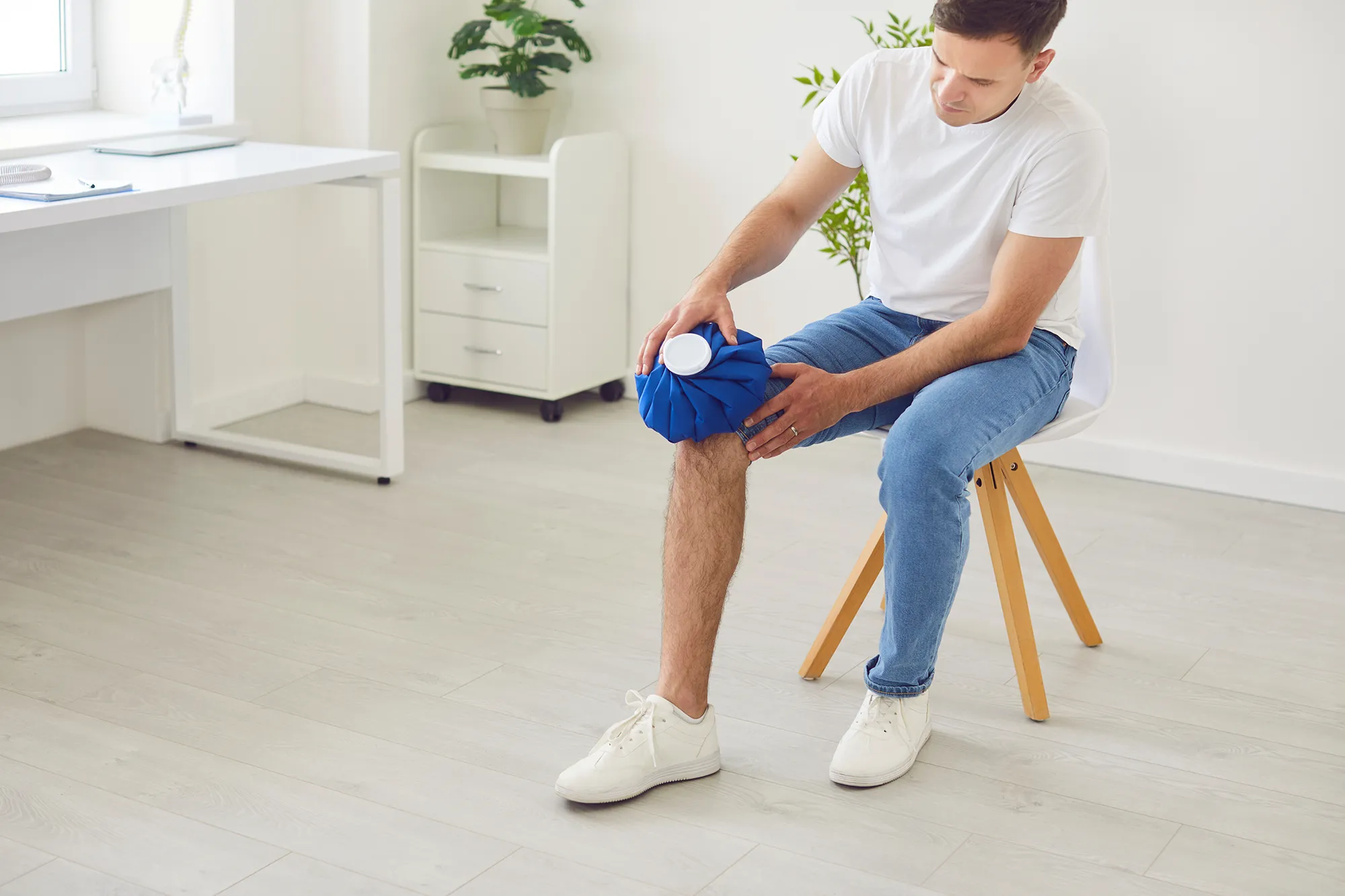
Heating
Heating is generally recommended for chronic knee pain, such as that caused by arthritis. Heating helps to relax muscles and improve range of motion.
To heat your knee, apply a heating pad, hot water bottle, or warm compress to the affected area for 20 minutes at a time, several times a day. You can also take a warm bath or shower.
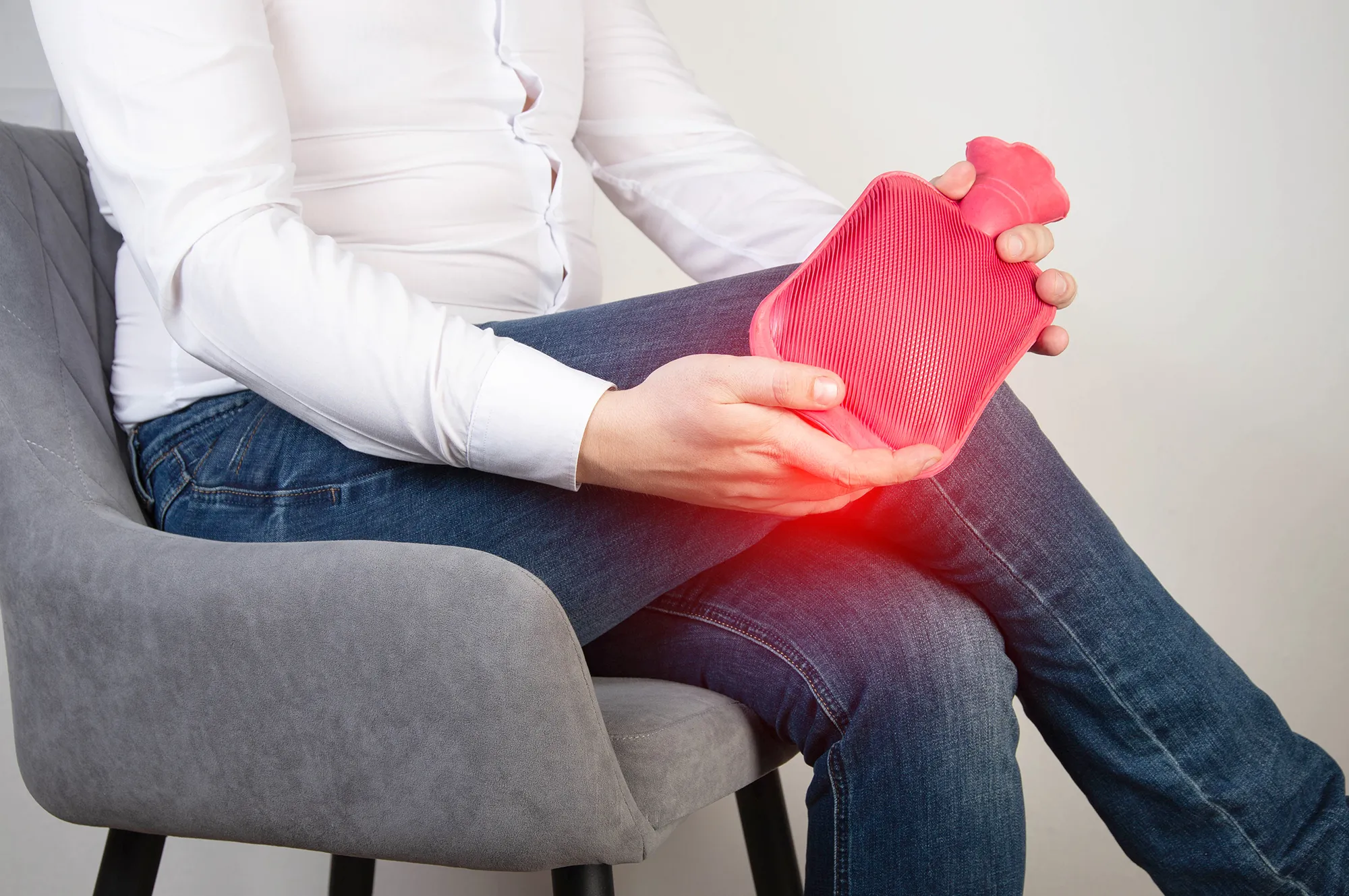
Which is better for knee pain after running?
If you have knee pain after running, it is best to start with icing. Icing will help to reduce inflammation and pain. Once the inflammation has subsided, you can switch to heating to help relax muscles and improve range of motion.
Here is a general guide to when to use ice or heat for knee pain after running:
- Ice:
- Acute knee pain
- Swelling
- Inflammation
- Heat:
- Chronic knee pain
- Muscle stiffness
- Decreased range of motion
If you are unsure whether to use ice or heat for your knee pain, it is always best to consult with a physiotherapist or other healthcare professional.
Here are some additional tips for preventing and managing knee pain after running:
- Listen to your body. If you are feeling pain, stop running and rest.
- Warm up before you run. A good warm-up will help to prepare your body for activity and reduce the risk of injury.
- Cool down after you run. A good cool-down will help your body to recover from activity.
- Maintain a healthy weight. Excess weight puts extra stress on the knee joints.
- Strengthen the muscles around your knee. Strong muscles help to support the knee joint and reduce the risk of injury.
- Wear supportive shoes. Shoes that fit well and provide good support can help to reduce stress on the knee joints.
If you are experiencing persistent knee pain after running, it is important to see a physiotherapist or other healthcare professional for evaluation and treatment.
When to use ice:
- Immediately after an injury
- When there is swelling or inflammation
- When the pain is sharp or throbbing
How to use ice:
- Apply ice to the affected area for 20 minutes at a time, several times a day
- Wrap the ice in a towel or other barrier to protect your skin
- Do not apply ice directly to your skin
- If you experience any numbness or tingling, remove the ice immediately
When to use heat:
- For chronic knee pain
- For muscle stiffness
- After the inflammation has subsided
- Before a workout to warm up the muscles
How to use heat:
- Apply heat to the affected area for 20 minutes at a time, several times a day
- Use a heating pad, hot water bottle, or warm compress
- Do not apply heat directly to your skin
- If you experience any pain or discomfort, remove the heat immediately
Precaution
- Do not use ice or heat if you have any circulation problems, such as diabetes or Raynaud’s disease.
- If you are unsure whether to use ice or heat, consult with your doctor or physical therapist.
Here are some additional tips for managing knee pain after running:
- Elevation: Elevating your leg above the level of your heart can help to reduce swelling.
- Compression: Wearing a compression sleeve or bandage can also help to reduce swelling.
- Rest: It is important to rest your knee and avoid activities that aggravate the pain.
- Over-the-counter pain relievers: Over-the-counter pain relievers, such as ibuprofen or naproxen, can help to reduce pain and inflammation.
- Physical therapy: Physical therapy can help to strengthen the muscles around the knee and improve range of motion.
Preventing knee pain after running:
- Listen to your body. If you are feeling pain, stop running and rest. Don’t push through the pain, as this can make the injury worse.
- Warm up properly before you run. A good warm-up will help to prepare your body for activity and reduce the risk of injury.
- Cool down properly after you run. A good cool-down will help your body to recover from activity and reduce the risk of injury.
- Maintain a healthy weight. Excess weight puts extra stress on the knee joints.
- Strengthen the muscles around your knee. Strong muscles help to support the knee joint and reduce the risk of injury.
- Wear supportive shoes. Shoes that fit well and provide good support can help to reduce stress on the knee joints.
- Run on soft surfaces. Running on soft surfaces, such as trails or grass, can help to reduce the impact on your knees.
- Avoid running downhill. Running downhill can put a lot of stress on your knees. If you do have to run downhill, try to do it slowly and carefully.
If you are new to running, start slowly and gradually increase your mileage each week. It is also important to listen to your body and take rest days when you need them.

